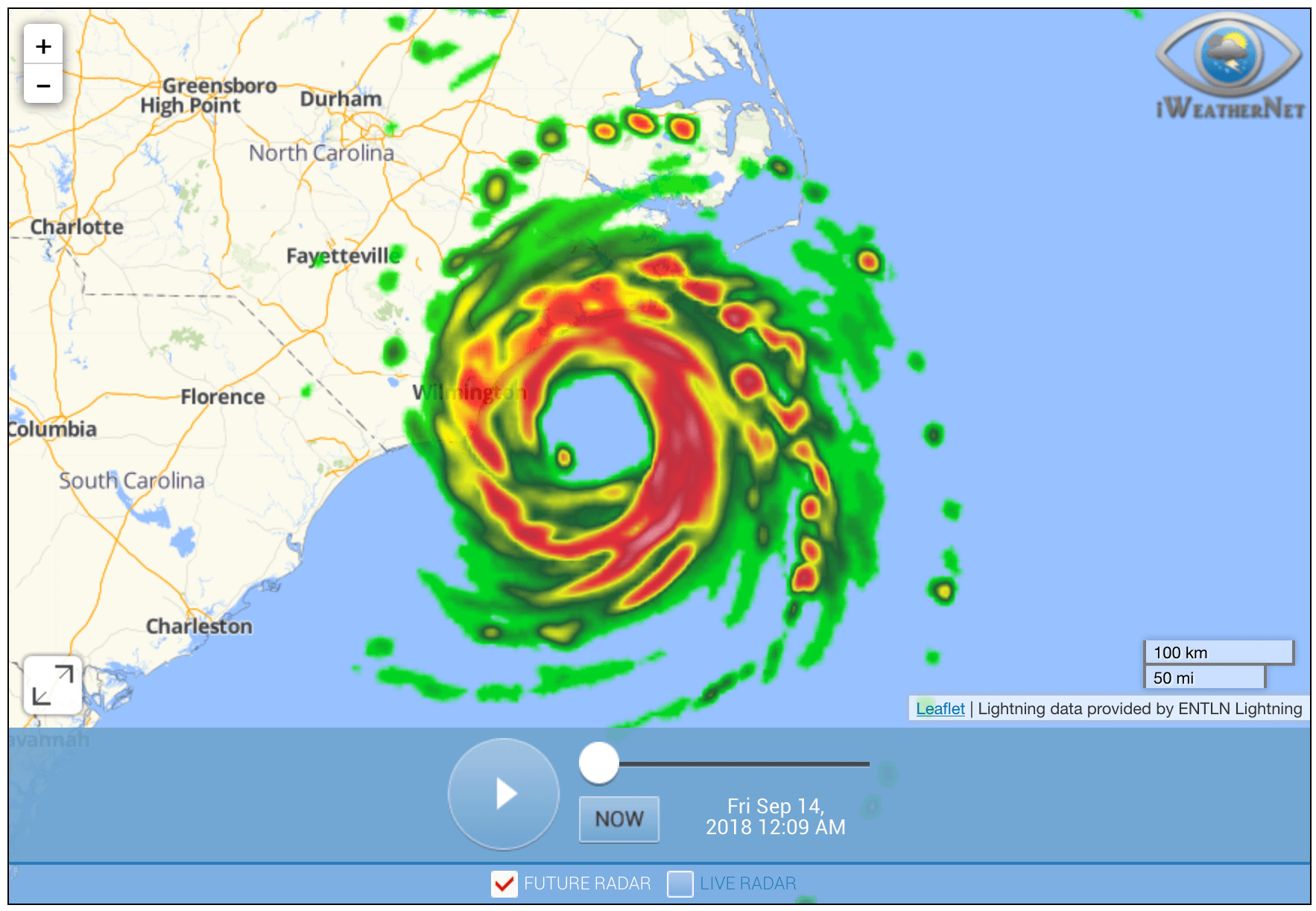From Basics to Breakthroughs: Understanding Weather Radar
The term ‘weather radar’ may conjure up images of spinning antennas and green-tinged screens flashing storm patterns. However, the evolution of weather radar technology now plays a vital role in safeguarding thousands of lives and enhancing our understanding of the complex forces that govern our climate.
A Leap into Advanced Technology
Recent developments in radar technology have transformed the way meteorologists interpret weather data. Historically, weather radar systems were primarily used to detect precipitation and storms, providing general information about local weather patterns. Today, they incorporate advanced algorithms, machine learning, and high-resolution imaging that allow for real-time tracking of weather events with unprecedented accuracy.
According to a recent study from the Canadian Meteorological and Oceanographic Society, up to 80% of storm systems can be forecasted up to 48 hours in advance when using the latest radar technology. Dr. Sheila Moreno, a meteorologist at Environment and Climate Change Canada, said, “With these advancements, we’re not just looking at rain or snow; we can now analyze storm intensity, predict trajectories, and even anticipate flash floods before they occur.”
Enhancing Public Awareness and Safety
The implications of enhanced weather radar technology extend beyond meteorology. By improving accurate forecasts, communities are better equipped to respond to severe weather conditions, from tornadoes to blizzards. In 2023 alone, social media platforms exploded with posts highlighting how advanced alerts on severe storms helped families prepare. One tweet from a Toronto resident read, “Thanks to timely alerts from our weather radar, we were able to put away patio furniture and prepare for the unexpected storm. I honestly feel safer knowing our radars are on it!”
Community Engagement and Trust
Public reaction has been overwhelmingly positive, with many praising local agencies for their timely responses to weather phenomena. However, some skepticism remains. Online discussions reveal concerns about over-reliance on technology; many wonder what would happen if systems fail during critical moments. This highlights the need for a balanced approach: human insight should complement advanced technology. Dr. Moreno further advised, “While improved weather radar systems are invaluable, community education remains essential. Understanding the science behind weather systems can empower individuals in severe weather scenarios.”
The Road Ahead
As we look to the future, the potential for weather radar continues to grow. With prospects of integrating artificial intelligence, forecasting could become as precise as predicting daily traffic patterns. Furthermore, as climate change challenges existing weather systems, advanced radar technology may provide the insights needed to understand shifting climate patterns more robustly than ever before.
In this new era of forecasting, the relationship between technology, human insight, and community preparedness will be key in navigating the complexities of our ever-changing climate. As our understanding deepens, and technology continues to evolve, we can confidently face whatever weather challenges lie ahead.
